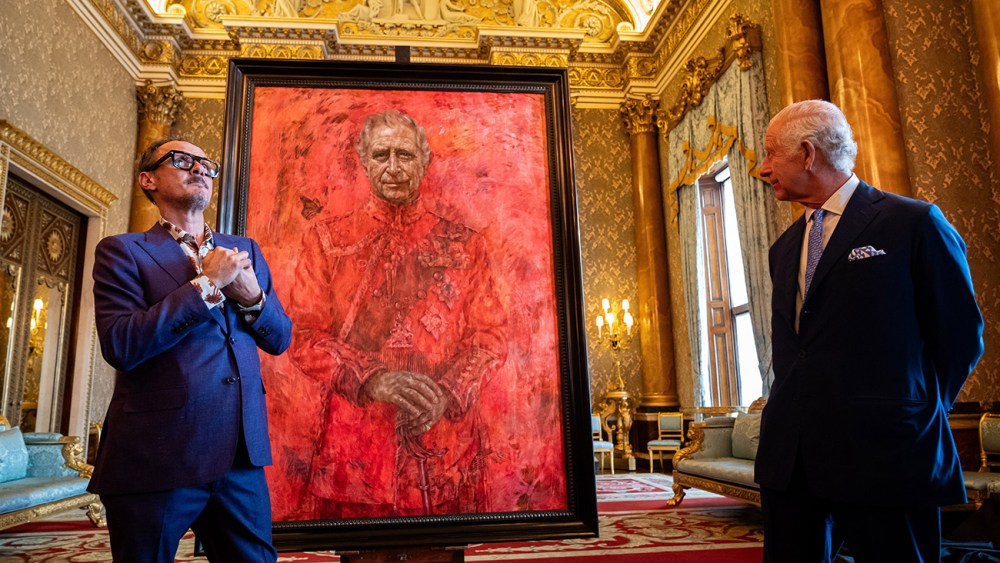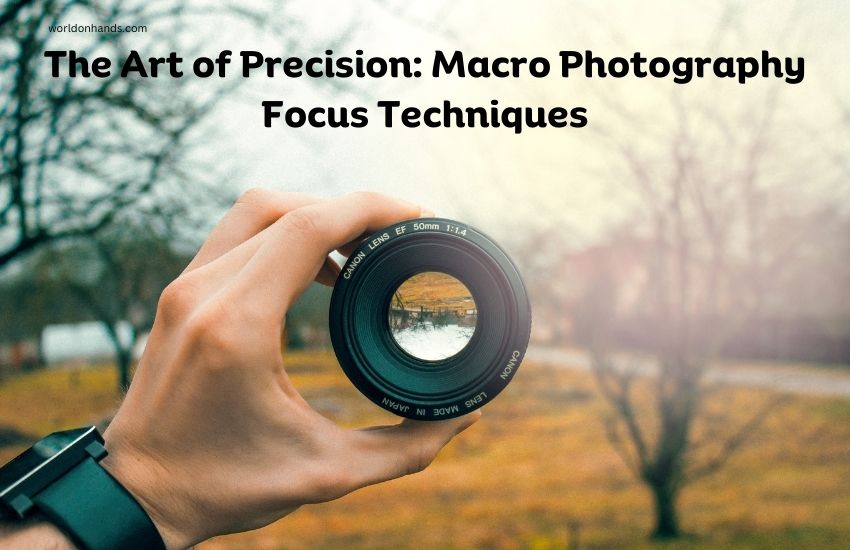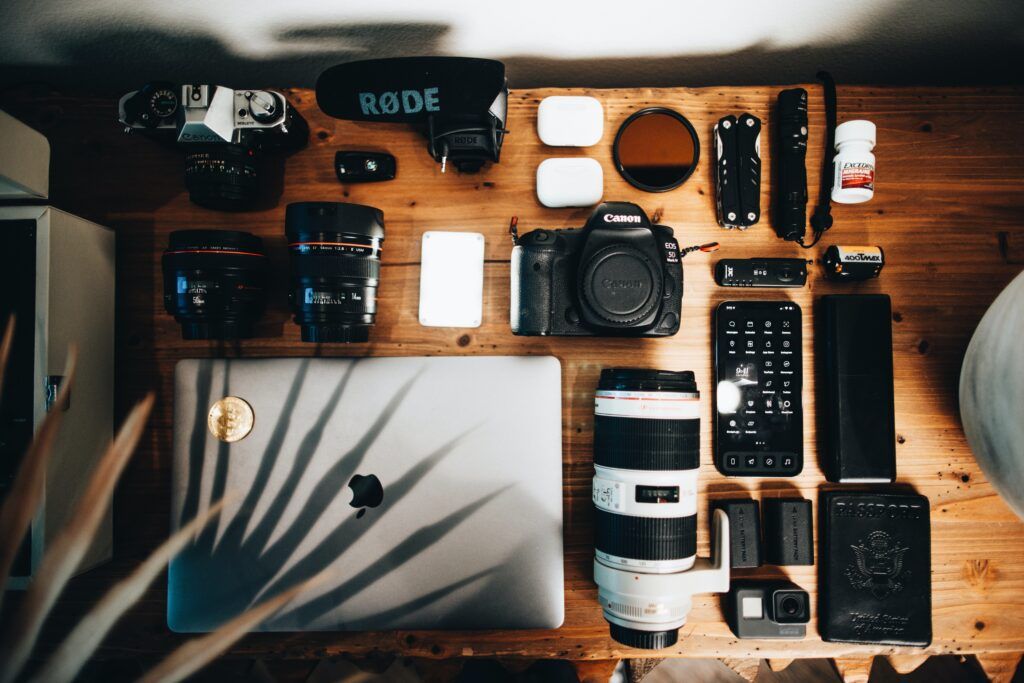Unveiling the Art of Photography: Trends, Techniques, and Triumphs

19-12-2024, 20:55 Admin 6 819 0
In the evolving world of art, one medium that constantly pushes boundaries and establishes new norms is photography. This piece unfolds the captivating world of modern photography, spotlighting the trends, techniques, and groundbreaking success stories, all through the lens of cutting-edge technology and enhanced efficiency.
In recent years, technology has revolutionized photography as we know it, forging a new path for artists worldwide. The advent of smartphones has democratised the ability to create stunning imagery, replacing traditional, bulky cameras with sleek devices that fit in your pocket. Smartphone photography, in particular, has emerged as a major trend, with in-built advanced features and editing software enabling professionals and amateurs alike to capture the world in exceptional detail right at their fingertips.
Yet, the transformation doesn't rest with smartphones. Drone photography is also carving out its niche. Providing a bird's-eye view of landscapes, monuments, and even events, drone photography redefines perspective. This unique method allows photographers to capture dizzying elevations and wide vistas with ease and precision.
360-degree photography is another trend to watch, specifically in sectors like real estate, where potential homebuyers can tour properties virtually through panoramic images. In a post-pandemic world, these virtual tours have become a necessity instead of a luxury, showcasing how technology can not only adapt to but drive changes in cultural norms.
Moving from trends to techniques, the role of artificial intelligence (AI) is profoundly reshaping the photography landscape. AI-based techniques, like computational photography, have resulted in night mode, HDR, bokeh effects, and face detection - all of which were scientific pipedreams a decade back. AI’s role in post-processing image editing software has also been game-changing. Gone are the days of tedious manual editing as AI engines can now enhance, curate and even transform images at the click of a button.
In the spirit of achievement, let's delve into some success stories around photojournalism and environmental photography. The Pulitzer Prize-winning photojournalist, Nick Ut, famously known for his 'Napalm Girl' image, hails the age of digital photography and believes that technology has heightened his work's impact. In the realm of environmental photography, artists like James Balog use time-lapse technology to illustrate the gravity of climate change by documenting melting glaciers over years, reaching millions with his hauntingly beautiful, yet stark imagery.
In conclusion, by looking at the fast-paced evolution of photography through the lens of technology, we discover an art form in constant flux. The coalescence of science and creativity is driving photographers to innovate, rendering awe-inspiring results. In this golden age of digital innovation, photography is not just a means to capture a moment but a powerful tool to visualize unprecedented perspectives and narrate compelling stories.
In recent years, technology has revolutionized photography as we know it, forging a new path for artists worldwide. The advent of smartphones has democratised the ability to create stunning imagery, replacing traditional, bulky cameras with sleek devices that fit in your pocket. Smartphone photography, in particular, has emerged as a major trend, with in-built advanced features and editing software enabling professionals and amateurs alike to capture the world in exceptional detail right at their fingertips.
Yet, the transformation doesn't rest with smartphones. Drone photography is also carving out its niche. Providing a bird's-eye view of landscapes, monuments, and even events, drone photography redefines perspective. This unique method allows photographers to capture dizzying elevations and wide vistas with ease and precision.
360-degree photography is another trend to watch, specifically in sectors like real estate, where potential homebuyers can tour properties virtually through panoramic images. In a post-pandemic world, these virtual tours have become a necessity instead of a luxury, showcasing how technology can not only adapt to but drive changes in cultural norms.
Moving from trends to techniques, the role of artificial intelligence (AI) is profoundly reshaping the photography landscape. AI-based techniques, like computational photography, have resulted in night mode, HDR, bokeh effects, and face detection - all of which were scientific pipedreams a decade back. AI’s role in post-processing image editing software has also been game-changing. Gone are the days of tedious manual editing as AI engines can now enhance, curate and even transform images at the click of a button.
In the spirit of achievement, let's delve into some success stories around photojournalism and environmental photography. The Pulitzer Prize-winning photojournalist, Nick Ut, famously known for his 'Napalm Girl' image, hails the age of digital photography and believes that technology has heightened his work's impact. In the realm of environmental photography, artists like James Balog use time-lapse technology to illustrate the gravity of climate change by documenting melting glaciers over years, reaching millions with his hauntingly beautiful, yet stark imagery.
In conclusion, by looking at the fast-paced evolution of photography through the lens of technology, we discover an art form in constant flux. The coalescence of science and creativity is driving photographers to innovate, rendering awe-inspiring results. In this golden age of digital innovation, photography is not just a means to capture a moment but a powerful tool to visualize unprecedented perspectives and narrate compelling stories.
Related News
Leave a Comment


